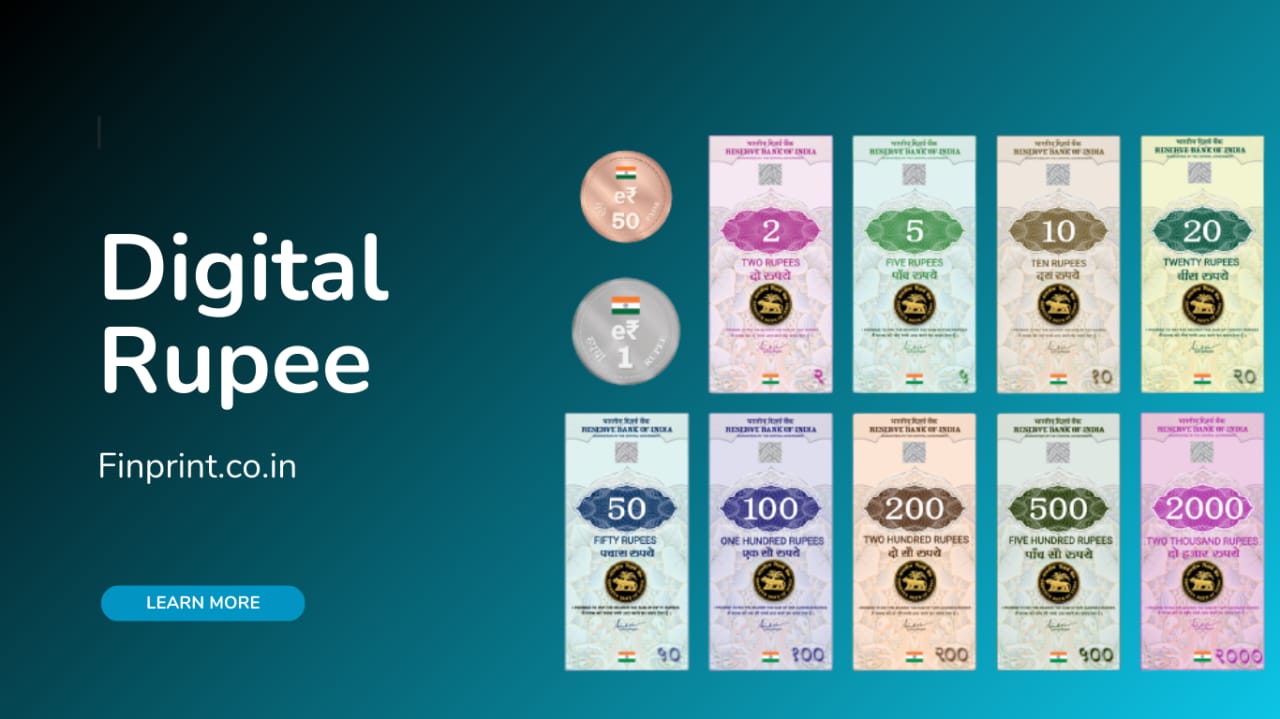What is El NINO effect?

El Niño is a natural phenomenon experienced in the equatorial Pacific which causes temporary alterations in the world climate. It is normally characterized by complex and abnormally warm ocean temperatures in the Pacific Ocean in the area near the equator which results in global weather events and sea-surface temperature changes. The intensity of El Niño events varies from weak temperature increases (about 4–5° F) with only moderate local effects on weather and climate to very strong increases (14–18° F) associated with worldwide climatic change. El Niño has an impact on ocean temperatures, the speed and strength of ocean currents, the health of coastal fisheries, and local weather from Australia to South America and beyond. It also weakens the trade winds of the affected region; In India, Australia, it can bring about drought conditions. This affects crop productivity largely. It has been also observed certain times, that EL Nino may not bring drought but cause heavy rainfall.
Where does El Nino occur?
El Nino is a condition that sometimes occurs in the Pacific Ocean, but it is so big that it affects weather all over the world. Weather depends a lot on ocean temperatures. Where the ocean is warm, more clouds form, and more rain falls in that part of the world. The impacts that generally do occur during most El Niño events include below-average rainfall over Indonesia and northern South America, while above average rainfall occurs in southeastern South America, eastern equatorial Africa, and the southern United States.
How often does El Nino occur?
El Nino typically occur every 3 to 5 years.
El Nino effect in the context of India?
El Nino adversely impacts the Indian monsoons and hence, agriculture in India. In India, Australia, it can bring about drought conditions. This affects crop productivity largely. It has been also observed certain times, that EL Nino may not bring drought but cause heavy rainfall. In 2009, a weak El Nino led to a significant reduction in India’s rainfall, plummeting to 78.2% of normal, the lowest recorded in 37 years. Conversely, in 1997, a strong El Nino occurred, yet India received normal rainfall.
How it impacts on Indian economy?
El Nino effect the monsoon in India. It impacts on South – west monsoon. It weaken the monsoon. Due to its impact unusual rain occurred. Sometimes it brings heavy rains Which brings flood and make heavy loss in crops. In another chance it can also weaken the monsoon and stop the normal rainfall occurred during these days and make the condition of drought in the area of mainly Maharashtra, Madhya Pradesh, Gujrat region of India.
And due to crops loss food items price gone up sharply. It bring the Inflation In the economy. Sometimes food items price gone as high that government need to take important steps to control the Inflation. For this government stop or may imposed heavy taxes on export of essential commodities.
Likewise, government take necessary steps to import essential food items from other contries.
Key points:
- Heavy taxes on export leads the exporter to stop the export essential commodities impact adverse on exporter businesses.
- Sometimes in adverse conditions government might need import the essential commodities on high prices from other countries.
- Sometimes government in very bad scenario government provide free food to public.
In all scenario government fiscal deficit (import is more than export of a country) increased and it make more burden on Indian government.
Impact on industries?
The amount of rainfall during the monsoon season can affect economic activities related to the agriculture sector and its associated industries. A change in monsoon can have serious consequences for India’s economy, food systems and public interest. Therefore, there is a need to take remedial measures before the situation gets out of hand.
Some of the industries that are impacted by monsoon in India include:
FMCG (Fast Moving Consumer Goods) sector will see a rise in demand for their products and services when a normal monsoon is forecast. Normal monsoon leads to high farm production and high farm production will also lower the raw material costs for companies and improve the rural demand for products. This leads to an improvement in financial performance such as a rise in margins and a rise in total revenue of FMCG (Fast Moving Consumer Goods) companies. But in El Nino case monsoon weaken and it huge adverse impact on FMCG industry.
Banks, FMCG and auto sector accounts for more than 50% weightage in the Nifty 50. Changes in the expectations of these sector’s stocks earnings on the basis of the monsoon rainfall drive the performance of the index as a whole. Thus deficient monsoons will have a negative monsoon impact on Indian stock markets and vice versa.
Automobiles sector will see a spur in demand for two-wheelers and low-cost four-wheelers as well when there is a better monsoon. Because in good monsoon farmer make good money and spend in the market.
PSU (Public Sector Undertaking), NBFC (Non-Banking Financial Company) and Micro Finance sectors will benefit from better agriculture productivity when there is a good monsoon and vice versa.
Fertilizer companies will benefit from increased demand for fertilizers when there is a good monsoon.
And in bad conditions demand decreases and impact on fertilizing industry.
Power sector will benefit from increased demand for electricity when there is a good monsoon.
Agrochemical sector will benefit from increased demand for agrochemicals when there is a good monsoon.
Some examples of companies which effected by lack of monsoon.
FMCG companies:
Hindustan Unilever Limited (HUL)
Nestle India
Britannia Industries Limited
Dabur India Limited
Godrej Consumer Products Limited
Marico Limited
Here are some of the automobile companies in India:
Maruti Suzuki India Limited
Hyundai Motor India Limited
Tata Motors Limited
Mahindra & Mahindra Limited
Honda Cars India Limited
Toyota Kirloskar Motor Private Limited.
Here are some of the fertilizing companies in India:
Coromandel International Limited
National Fertilizers Limited
Gujarat State Fertilizers & Chemicals Limited
Chambal Fertilizers and Chemicals Limited
Tata Chemicals Limited.
Some of the power sector companies in India:
Tata Power Company Limited
NTPC Limited
Power Grid Corporation of India Limited
Adani Power Limited
Reliance Infrastructure Limited.
Here are some of the agrochemical companies in India:
UPL Ltd
Bayer CropScience Ltd (Bayer)
PI Industries Ltd
Rallis India Ltd (TATA)
Meghmani Organics Ltd (Meghmani)
Insecticides India Ltd
Excel Crop Care Ltd.
Conclusion:
Due to these conditions’ inflation goes high and govt need to take necessary steps to control it. As we know government can’t control the monsoon it needs to control inflation with other methods to decrease the fiscal deficit.
One of the key organizations which takes steps to control the Inflation is RBI (Reserve Bank of India).
RBI Governor Statement on this topic:
RBI Governor Mr. Shakti Kant Das said on May 24 that the fight against inflation is not over yet. As such the coming monsoon can also impact the Indian economy. As the scientists told about the El nino impact on monsoon this year we should take care about the condition which can happen due to this. We need to take some effective steps to control over inflation.
He further said, “the situation is very dynamic the war against inflation is not over yet We have to remain alert there is no cause to complacency we have to see how the El Nino factor What is anticipated will play Out”.


















